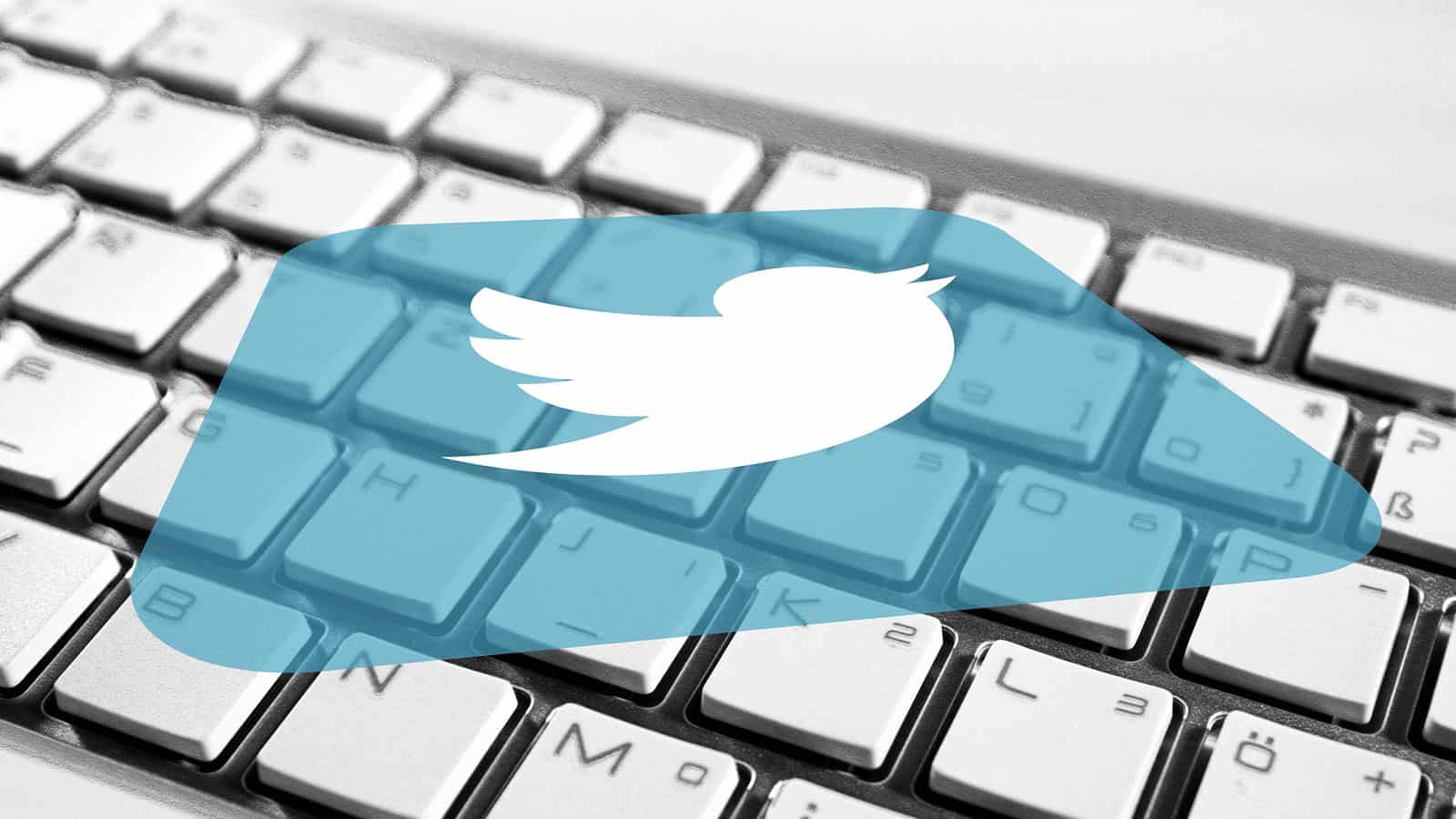 A few years ago, social media strategist Gary Vaynerchuk called it, and we have to give him credit for it.
A few years ago, social media strategist Gary Vaynerchuk called it, and we have to give him credit for it.
“If you are not, as an event marketer, in full-fledged effort of storytelling on Facebook, Twitter, Pinterest, and Instagram at this moment, you are borderline not relevant to what’s about to happen in the next 24 months.” If you’re not using social media to enhance your events by now, you’ve likely fallen way behind your colleagues in the “internet of things.” Social media can be a powerful tool in event planning when used effectively. Isn’t it about time you got on the bandwagon? Here are a few social media tips to get you moving in the right direction.
1. Manage Your Hashtags
Hashtags are essential to any social media strategy but need to be handled correctly. Keep them short and punchy, and no longer than three words. Always make sure that your hashtags are not in use anywhere else to avoid confusion, and double-check that they don’t accidentally have any offensive or embarrassing connotations. Keep your hashtags consistent and avoid using multiple similar-sounding hashtags for the same event—for example, #myevent2016 is not the same as #myevent16. Once you have decided on your hashtag, understand that it is as important as the name of the event itself and should be visible everywhere—on event programs, attendee name tags, presentation slides, and so on.
2. Don’t Tweet Like a Robot
Social media gives you an opportunity to humanize your brand, and is about more than just selling a product. If you only post sales-focused content on social media channels, it makes your content appear spammy. The key to effective use of social media is to build relationships and encourage engagement, so adopt a conversational tone and interact with your followers. Your event attendees, vendors and sponsors are all on social media—so find out what they are talking about and participate in these conversations, retweet their content, and encourage two-way dialogue.
3. Identify Your Influencers
You may have a modest number of followers on your social media accounts, but the speakers and attendees you invite to your event could have considerably higher numbers. Keep this in mind when selecting speakers, as their social media accounts can be another way of increasing your own reach. Find ways to encourage and incentivize these influencers to post using your event hashtag and to retweet your content throughout the event, but make sure to research who their followers actually are. An impressive social media reach is not so useful if their followers are not your potential customers.
4. Tweet Throughout the Event
Plan a schedule of posts that you intend to make at certain times throughout your event, but be responsive to what is actually happening and prepared to change the schedule to react to anything unexpected which takes the event in a new direction. Think about the subjects that you would like to see attendees talking about on social media, and actively encourage these conversations. Invite attendees to post their own thoughts and responses, or quotes from speakers, during and after the sessions using your hashtag. If there is a Q&A, you can ask for questions via twitter instead of passing a microphone around the audience. This allows you to get the questions submitted ahead of time, select the best questions that will keep the debate moving, and filter out anything negative that might impact the mood of the event. A live feed of tweets using your hashtag can be projected on a screen at your event—this is a great way to encourage attendees to tweet using the hashtag so that their own name and comments will appear on the big screen.
5. Make It Visual
Don’t just tell your audience how great your event is—show them. Platforms such as Instagram, Vine and Pinterest are essential for delivering your visual message, and this content can also be shared across platforms such as Twitter and Facebook to maximize its audience. While not all of your target audience may be using these visual platforms themselves, you can always push the content to them via the channels they are using. Post up photos and videos from your receptions, clips of the speakers in action, and images of the food and decor. You could ask attendees what their favorite part of the event has been, and record video testimonials that can be shared on social media.










